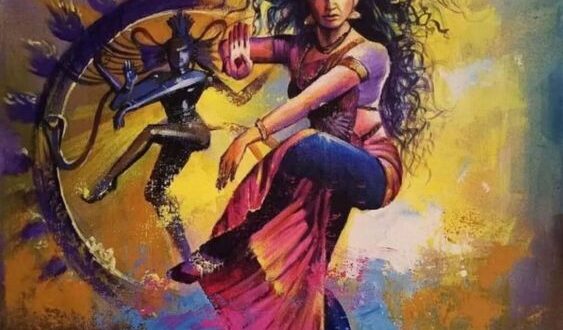Munnar Kerala Honey Moon Hill Station
Munnar is a picturesque hill station located in the Western Ghats mountain range in Kerala, India. It's known for its lush tea gardens, rolling hills, and cool climate, making it a popular destination for honeymooners, nature lovers, and those seeking tranquility. Munnar also boasts several wildlife sanctuaries and is famous for its Neelakurinji flowers that bloom once every twelve years.
Ancient History
Munnar's history dates back to ancient times, long before the arrival of European settlers. The region was originally inhabited by various tribal communities, including the Muthuvan and Malayarayan tribes. These indigenous people lived in harmony with nature, their lives deeply intertwined with the forests and mountains of Munnar.
Archaeological evidence suggests that Munnar has been inhabited for thousands of years. Tools and artifacts found in the region indicate the presence of early human settlements. Additionally, ancient rock paintings and inscriptions provide glimpses into the lives of these early inhabitants, showcasing their customs, beliefs, and daily activities.
Colonial Era
The colonial era marked a significant turning point in the history of Munnar. In the late 19th century, European settlers, particularly the British, discovered the region's potential for tea cultivation. The British were captivated by Munnar's cool climate and fertile soil, making it an ideal location for tea plantations.
In 1877, John Daniel Munro, a British lawyer and tea planter, played a pivotal role in establishing Munnar as a major tea-producing region. He leased land from the local king, the Poonjar Raja, and began cultivating tea on a large scale. The first tea estate, known as the Kundala Valley Railway, was established in 1880. This marked the beginning of Munnar's transformation into a thriving tea industry hub.
The British also developed Munnar as a hill station, building bungalows, clubs, and recreational facilities for their officers and families. The High Range Club, established in 1905, became a social center for the British community in Munnar. The construction of the Kundala Valley Railway further facilitated the transportation of tea and other goods, boosting the local economy.
Post-Independence Period
After India gained independence in 1947, the ownership of tea estates in Munnar gradually transitioned from British hands to Indian companies. The Kannan Devan Hills Produce Company, one of the largest tea producers in Munnar, became a prominent player in the industry. The company focused on modernizing tea production techniques and improving the quality of Munnar tea, which gained recognition worldwide.
During this period, Munnar also began to emerge as a popular tourist destination. The serene landscapes, pleasant weather, and sprawling tea gardens attracted travelers from across the country and beyond. The Kerala Tourism Development Corporation (KTDC) played a crucial role in promoting Munnar's tourism potential, developing infrastructure, and organizing various events and festivals to showcase the region's cultural heritage.
Modern Munnar
Today, Munnar is a vibrant blend of its historical legacy and modern developments. The tea industry continues to thrive, with numerous tea estates producing some of the finest tea in the world. Visitors to Munnar can explore tea museums, plantations, and factories to learn about the intricate process of tea production.
Efforts are also underway to preserve Munnar's historical sites and cultural heritage. The Hill Palace Museum and the Tea Museum offer insights into the region's colonial past and the evolution of the tea industry. Additionally, eco-tourism initiatives focus on conserving the natural beauty and biodiversity of Munnar, ensuring sustainable tourism practices.
Munnar's significance extends beyond its tea gardens. The region is home to several wildlife sanctuaries, including the Eravikulam National Park, which is famous for its population of the endangered Nilgiri Tahr. The annual Neelakurinji bloom, a rare phenomenon where the hills are covered in blue flowers, attracts nature enthusiasts and photographers from around the world.


Comments
Post a Comment